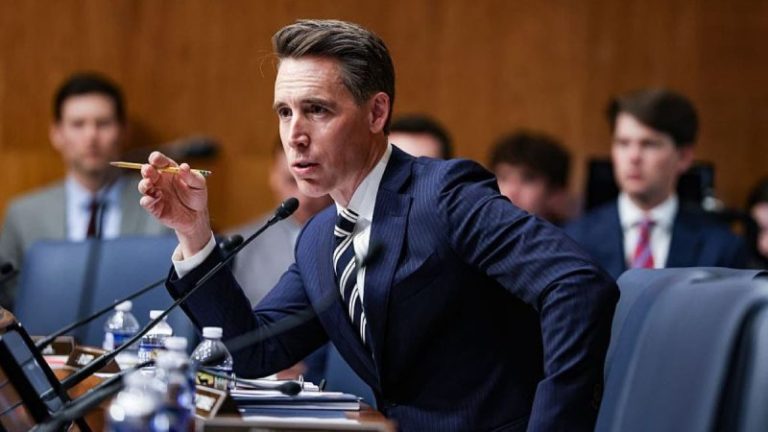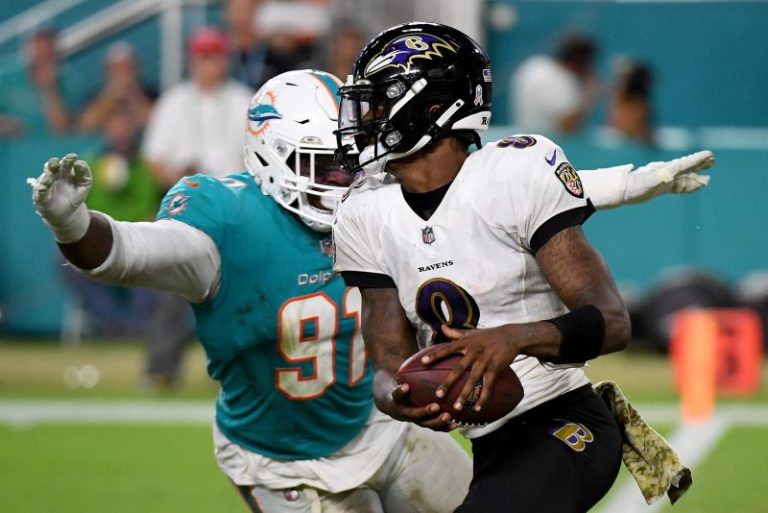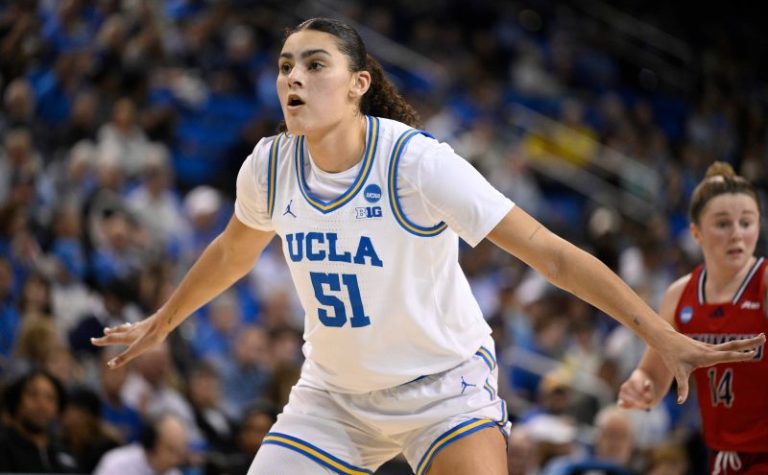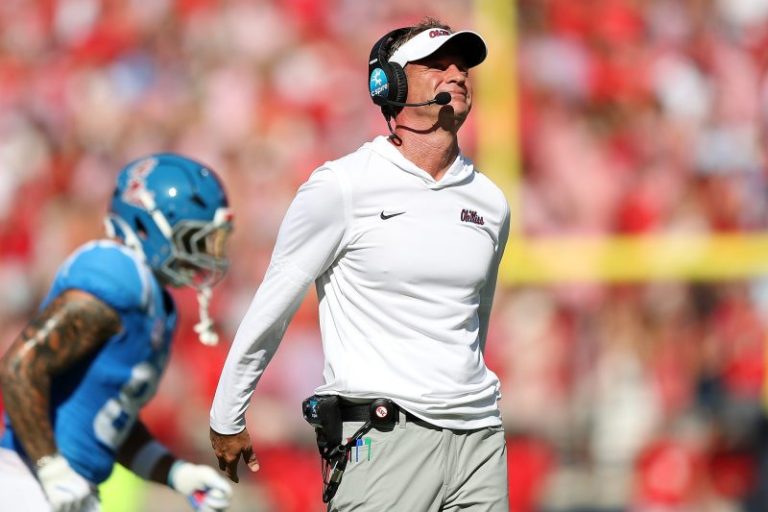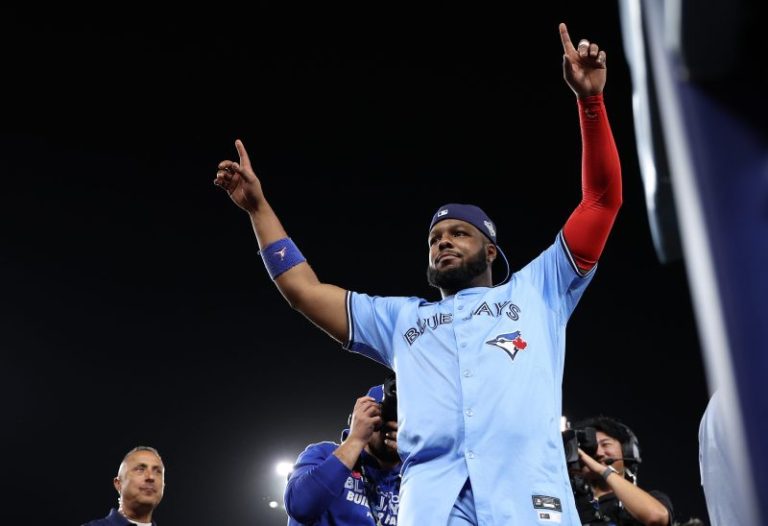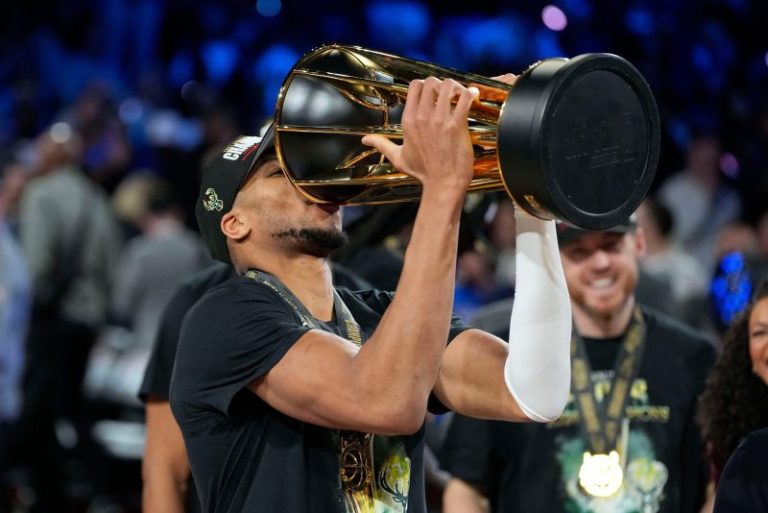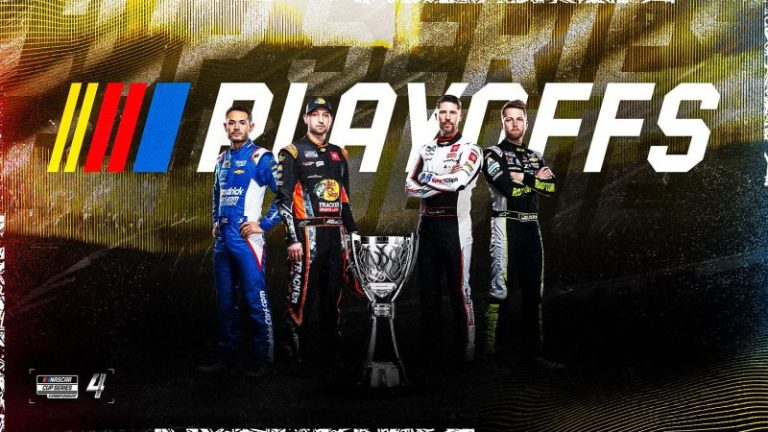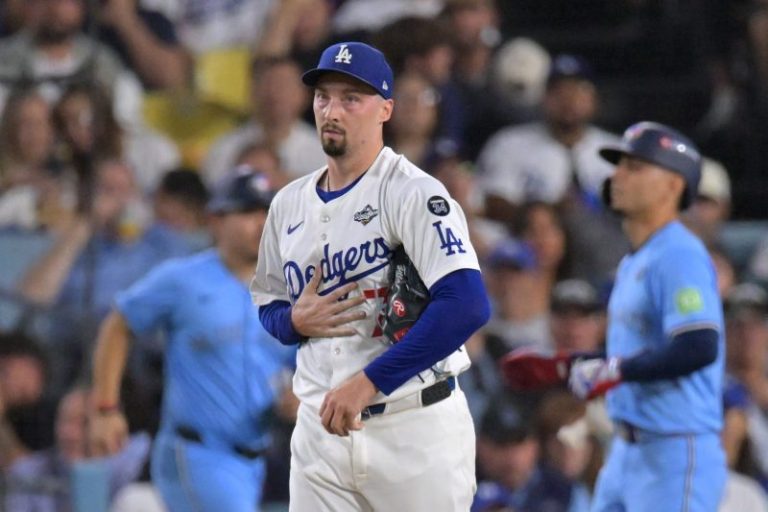LOS ANGELES — No one was in Toronto to see it, with most not even born yet, but those magical enchanted images remain etched in their mind.
Joe Carter dancing around the bases.
The menacing glare of Dave Stewart on the mound.
The powerful bat of DH Paul Molitor and the grace of second baseman Roberto Alomar.
Now, for the first time in 32 years, the Toronto Blue Jays have a chance to create their own history, leaving memories for the next generation of Blue Jays’ fans and assuring they will be forever remembered for pulling off one of the greatest upsets in World Series history.
‘No one gave us a chance all year, so nothing’s changed,’ Blue Jays veteran pitcher Kevin Gausman told USA TODAY Sports. ‘We’ve learned to kind of block out what people think about us, good bad or whatever. What people write about us, what people say about it, it doesn’t really matter.
‘We’ll see what people are saying when it’s over.’
The Blue Jays, who only 48 hours earlier suffered one of the most gut-wrenching World Series defeats in history, waltzed out of the visiting clubhouse at Dodger Stadium on Wednesday night, never so eager to take a six-hour flight back home to Toronto in their lives.
The Blue Jays, after stifling the Los Angeles Dodgers, 6-1, behind a 22-year-old pitcher and a relentless offense, are now just one victory away from becoming World Series champions.
The Blue Jays, after winning back-to-back games in Los Angeles to take a 3-2 series lead over the defending champion – and heavily-favored – Dodgers, will now be playing their first Game 6 at the Rogers Centre since that glorious Oct. 23, 1993 evening of Carter’s game-winning World Series’ clinching home run that reverberated ‘round Canada.
‘I’ve seen it a thousand times,’ Blue Jays outfielder Daulton Varsho said. ‘But Joe has even told us, ‘Go out there and win, so I don’t have to keep coming here and doing this stuff.’ It was kind of funny.
‘Obviously, he’s enjoyed the moment, enjoyed everything, but now is our time.’
It’s unfathomable to think that it was about 44½ hours earlier, when the Blue Jays sat slumped in their chairs, losing a heartbreaking 18-inning, 6½-hour Game 3, with the Dodgers leading 2-games-to-1 with visions of winning their first championship at Dodger Stadium since 1963.
Well, in back-to-back nights, the Blue Jays bludgeoned the Dodgers, winning by a combined score of 12-3, with the Dodgers offense shut down one night by veteran Shane Bieber, and the next by rookie Trey Yesavage, who opened the season pitching at Class A.
‘Baseball is a game of failure; you know you’re going to fail at some point,’ Blue Jays reliever Eric Lauer said. ‘It’s all about how well you can respond after getting punched in the mouth. We took a punch. And we punched right back.’
Yesavage was the one who threw most of the blows, striking out 12 batters in seven innings, the most by a pitcher 22 years old or younger in World Series history, surpassing Smokey Joe Wood in the 1912 World Series, and the most by anyone of any age since Orlando ‘El Duque: Hernandez in 2000.
The Dodgers struck out 15 times Wednesday with only one walk, four hits, and they are now batting .164 without a single hit with a runner in scoring position since their 18-inning victory.
‘It seems like at-bats are snowballing on us right now,’ said Dodgers outfielder Kiké Hernandez, whose third-inning home run provided L.A.’s lone run.
The Blue Jays, who won the AL East on a final day tiebreaker and avoided elimination twice to beat the Seattle Mariners for the American League pennant, have suddenly turned this World Series upside down.
It’s the Dodgers who are desperately shuffling their lineup, trying to find a cure.
It’s the Dodgers and their four future Hall of Famers who suddenly are mumbling to themselves wondering what has happened.
And it’s the Blue Jays, those lovable characters north of the border, who are about to turn Toronto into baseball utopia.
They live close to one another in the city by Rogers Centre, their families hang out together off the field, and they have insisted all year they believe in one another.
Now, they’ve got the whole baseball universe believing.
Just when you thought their 18-inning defeat would break them, it only united them, saying they couldn’t have possibly played worse, and they still hung with the Dodgers for 6½-grueling hours.
‘I mean at the end of the day, it was just a loss,’ Blue Jays DH Bo Bichette said. ‘I mean, there was no other option but to turn the page.’
Said Blue Jays veteran starter Max Scherzer: ‘As tough as it was, we were also proud of each other. We stood toe-to-toe with them for 18 innings. Everybody poured their heart into that. We knew if we could just come back, played our game, we could win.’
Says Varsho: ‘We didn’t play good at all, but we grinded them out all day and night. They came out on top, but you know, we actually felt good about it. We played terrible, and hung right there with them.’
Now, 48 hours later, they feel on top of the world, convinced they are the best team in North America, and plan to prove it.
‘It’s just the way our team is,’ Blue Jays veteran pitcher Chris Bassitt said. ‘We’re able to flush wins, we’re able to flush losses, and we’re able to move on. We’ve done that all year. Just move on. We’re not going to ride the crazy highs and the lows. It’s just a brand of baseball that we’ve taken a lot of pride in and we’re focusing on keeping that brand every day.’
They lose George Springer, their most productive bat, to a mild strained oblique, and Davis Schneider steps up and hits the first pitch of the game for a home run. Isiah Kiner-Falefa, playing second base only because of Bichette’s bruised knee, plays flawless defense and drives in a ninth-inning run.
‘I don’t think it’s too complicated,’ Bichette said. ‘It was just believe in ourselves, believe in each other, and go out and give everything we have.’
And, of course, there’s the kid, Yesavage, who was in the minor leagues three weeks before the playoffs, earning a spot in the rotation and now looking like the second coming of Bob Gibson.
‘When he’s on,’ says Scherzer, 41, nearly old enough to be Yesavage’s father, ‘he’s going to make anybody in the game look stupid.’
Yep, just like those who believed the Blue Jays had no chance against the Dodgers, who were talking about a dynasty before the World Series, and now are trying to figure out what hit them.
This blue-collar bunch doesn’t have a household name besides Vladimir Guerrero Jr. Their ace (Shane Bieber) was acquired at the trade deadline while still recovering from Tommy John surgery. And their closer (Jeff Hoffman) flunked two physicals in the offseason before signing with the Blue Jays.
Somehow, someway, manager John Schneider has made all of these pieces fit together.
‘I don’t know, it’s a weird thing,’ Bichette says. ‘No matter who steps in this locker room, everyone believes in them. I don’t know how I can even explain it.
‘Really, who can?’
Well, Lauer decided to give it a try.
‘Everybody’s just going out there, doing their jobs, making sure they’re putting forth their best effort every day,’ Lauer said, ‘and really just playing for your brothers out there. I think that’s one of the coolest things about this team is like everybody can just feel it.
‘You can feel everybody in the clubhouse, everybody on the field, really pulling for you and making sure that they’re keeping you accountable.
‘What can I say, we love hanging out together.’
Toronto has always been one of the most beautiful cities in North America, and a franchise loaded with cash and luxurious facilities. But for years they always were the bridesmaids in free agency. Shohei Ohtani left them jilted at the alter. So did Yoshinobu Yamamoto. And Roki Sasaki. And Pete Alonso. The list is endless.
Now, if they have a World Series championship flag hanging in the rafters, and a World Series trophy at their entrance, Toronto could be the place for free agents clamoring to play for a winner.
‘We’ve been in the mix with just about everybody the last five years,’ Gausman said. ‘We’ve been in on every big-name guy since I’ve been here. So, I hope everybody’s watching us now.
‘This series has been great for baseball. Toronto’s an unbelievable market. It’s an unbelievable place to play. And as you’ve seen our last couple of games there, it’s a crazy environment.
‘So, why wouldn’t you want to play there, too?’
Follow Nightengale on X: @Bnightengale
This post appeared first on USA TODAY


